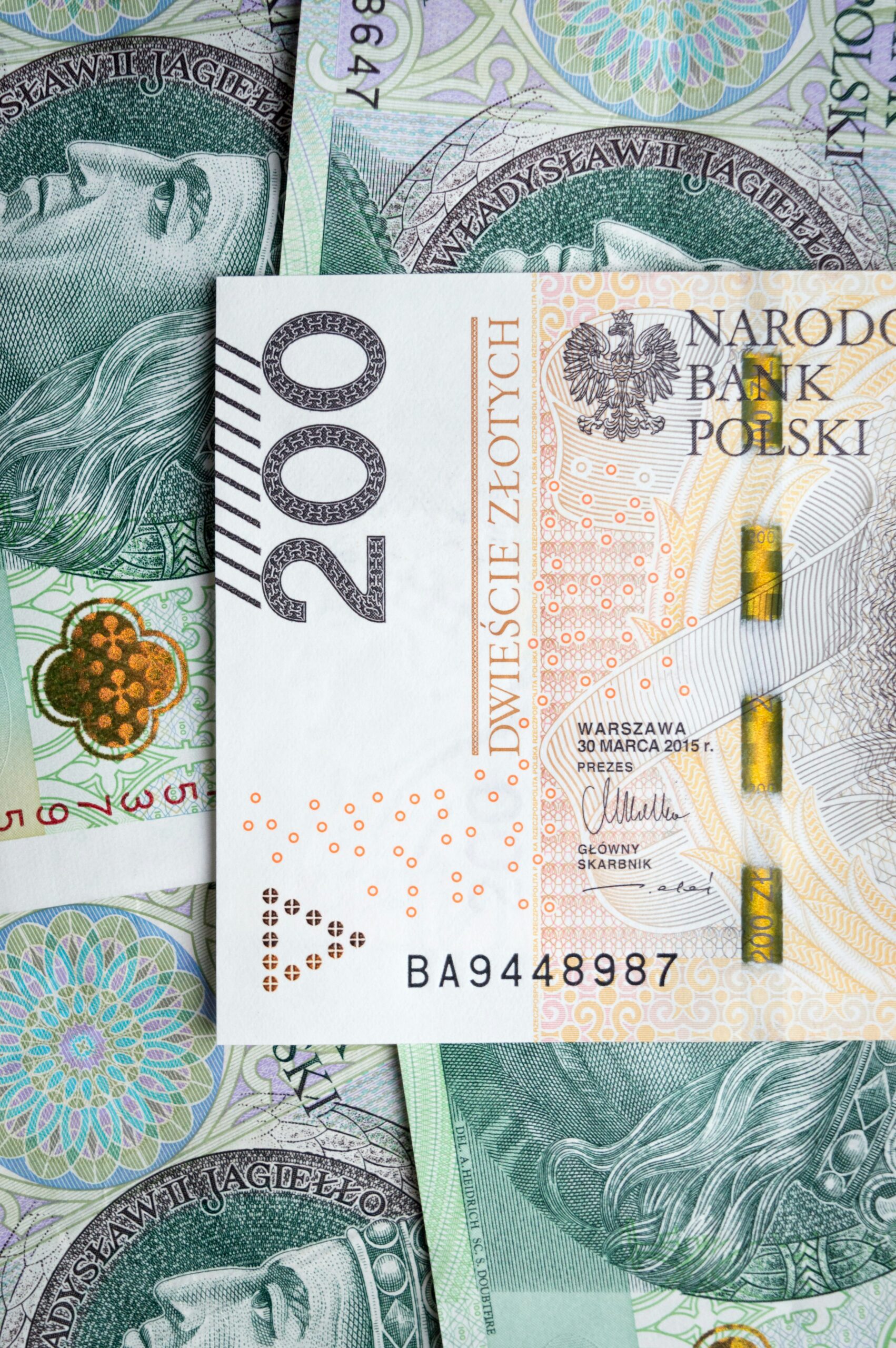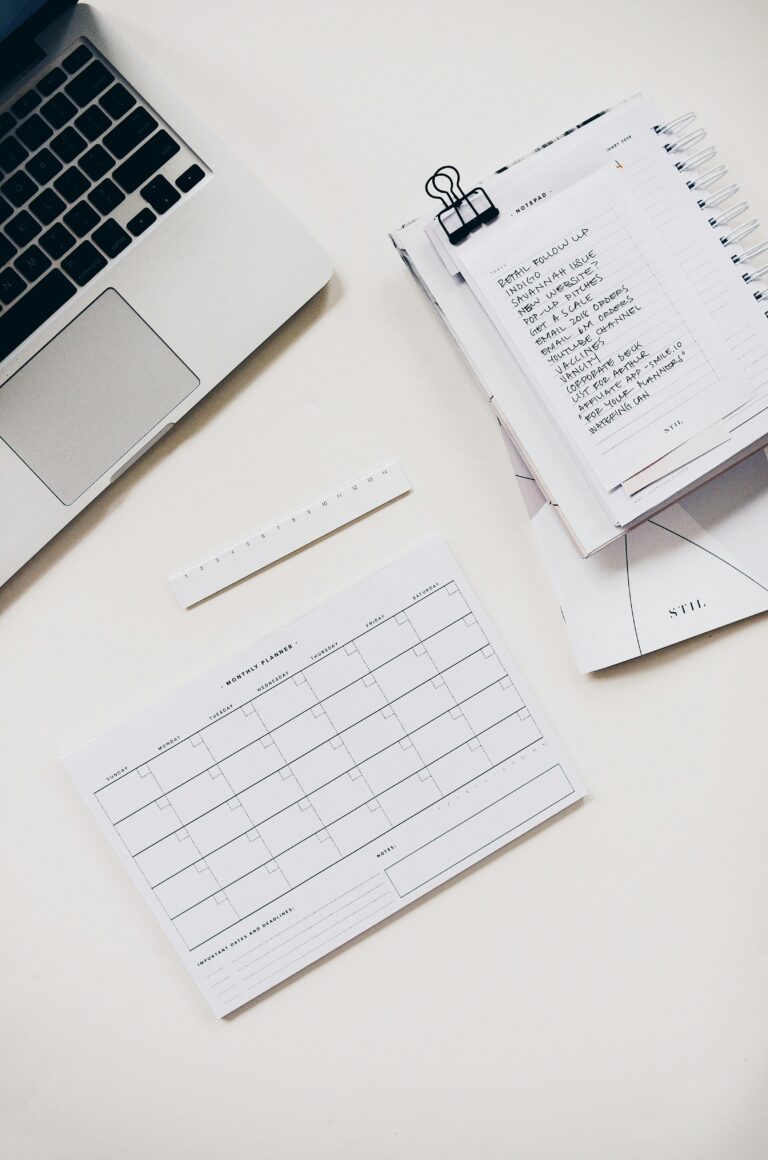Revolutionize Your Finances: Accessible Cash Envelope System Templates
Understanding the Cash Envelope System
Overview of Cash Envelope Budgeting
Meet the cash envelope system, your new best friend for taming that wild spending! Dave Ramsey swears by this method, and here’s how it goes: You create little money homes, aka envelopes, for each spending category. You put a set amount of cash in each one and only spend what’s inside before it’s laundry day in that category. Once the envelope’s empty, you call it quits on spending until next month.
Here’s a peek:
| Category | Budget Amount |
|---|---|
| Groceries | $300 |
| Dining Out | $150 |
| Entertainment | $100 |
| Transportation | $100 |
It’s like having a money GPS, giving you clear directions on where your dollars are headed. Trust me, watching your cash stash shrink right before your eyes makes it a lot easier to curb those spending sprees.
Benefits of Using Cash Envelopes
So, why should you hop on the cash envelope bandwagon? We are talking about potentially saving a ton each year—folks typically splurge $7,400 over their budget because swiping cards is just too darn easy.
Let’s break down the perks:
- Stay in Budget: These nifty envelopes help you stick to your budget, kinda like a watchdog for your wallet.
- Set Boundaries: Divvying up cash into categories sorts out the whole, ‘how much can I really spend?’ dilemma.
- Mind your Money: With cash envelopes, you’ve gotta stick to the plan, boosting accountability.
- Top Notch for Impulse Buyers: When you pay with physical cash, those random buys become less tempting.
- Goal Keeper: Great if you’ve got some money goals and need a kick-start to get there.
The cash envelope system isn’t just some strict budgeting gig—it’s your ticket to take control of your finances. Sure, budgeting might seem like a uphill battle at first, but these envelopes make it feasible, even enjoyable! To get going on your cash envelope adventure, pop over to our guide on how to start a cash envelope system.
Setting Up Your Cash Envelopes
Setting up a cash envelope system is a practical way to manage your dollars and cents without any digital hiccups. In this section, you’ll find helpful pointers on picking the right budget categories and how to whip up labeled envelopes that suit you just right.
Choosing Budget Categories
The jumping-off point to a successful cash envelope system is zeroing in on budget categories that fit your spending style like a glove. This means taking a good, honest look at your habits and matching them to categories where it’s easy to let those dollars slip through your fingers. A few popular picks are:
- Groceries
- Gas
- Dining Out
- Entertainment
- Clothing
- Gifts
Crafting your own unique categories lets you tailor the whole setup to exactly how you live. Figuring out the monthly budget for each? It’s all about crunching the numbers on your earnings, expenses, and any pesky debts lurking around.
| Category | Suggested Monthly Amount |
|---|---|
| Groceries | $400 |
| Gas | $150 |
| Dining Out | $100 |
| Entertainment | $80 |
| Clothing | $100 |
| Gifts | $50 |
Creating categories is a straightforward way to keep your finances under control, especially if you find yourself splurging now and then. For even more category ideas, check out our piece on cash envelope system categories.
Creating and Labeling Envelopes
Now that you’ve got the categories down, it’s time to grab your materials and get those envelopes ready! Here’s how you do it:
- Choose Your Materials: You can keep it simple with plain envelopes or jazz it up with decorative ones. If you’re feeling crafty, there are printable templates out there just begging to be customized.
- Label Each Envelope: Write the name of each category loud and clear on the envelope. This step is key to keeping things visually organized and on target when you’re tempted to dip into the wrong stash.
- Stuff Envelopes with Your Budgeted Amounts: Following the renowned advice of Dave Ramsey, fill each envelope with the cash you’ve set aside. Stick to the plan—no robbing from Peter to pay Paul here (cash envelope system explained).
This method prevents confusion and keeps discipline in the front seat. Treat your envelope like a trusty sidekick in your budgeting adventure. For tips on getting started with this process, swing by our guide on how to start a cash envelope system.
By picking the right budget spots and clearly labeling your cash envelopes, you’re setting the stage for a money management setup that’s plain sailing.
Managing Your Cash Envelopes
Taking charge of your cash envelopes is key to sticking to a budget. By keeping an eye on spending and topping up the envelopes when needed, people can stay on track with their finances.
Tracking Your Spending
Tracking your spending is a big deal in the cash envelope method. Folks should regularly check how much they’ve spent from each envelope, which helps them see where they stand financially and tweak their spending as they go.
| Envelope Category | Initial Amount | Amount Spent | Remaining Balance |
|---|---|---|---|
| Groceries | $300 | $150 | $150 |
| Entertainment | $200 | $75 | $125 |
| Transportation | $150 | $50 | $100 |
| Savings | $100 | $0 | $100 |
Writing down expenses, whether on an app or good ol’ paper, helps keep the budget in check. It not only stops you from blowing your budget but also gets you thinking about how you’re spending your money. For more tips, have a look at our piece on cash envelope system explained.
Refilling Your Envelopes
Topping up envelopes is vital in managing your cash envelope routine. At the start of each budgeting period, folks should fund their envelopes based on their budget plans. This doesn’t just keep things disciplined, it also reminds you what each budget line is meant for.
When you refill envelopes, take a look at how you spent last time. This will help decide how much to put into each category. If you went overboard on groceries, maybe you need more there next time; adjusting another category can balance things out.
At the start of a new budget phase, using cash envelope system printable templates to sort your envelopes ensures they’re well-organized and easy to grab, making the process run smoothly. New to this system? Check out our step-by-step guide on how to start a cash envelope system for some handy advice.
By sticking to regular tracking and smart refilling of envelopes, people can keep their spending in check, steer clear of debt, and boost their financial well-being.
Maximizing the Cash Envelope System
The cash envelope system is a smart way to keep tabs on your spending. Getting the most out of it starts with figuring out what to do when an envelope’s empty and how to use any leftover cash wisely.
Handling Empty Envelopes
Ran out of cash in a particular envelope before payday? It’s time to hit the brakes on spending in that area until you can refill it. Dipping into other envelopes can mess up your budget and lead to overspending. Stick to this rule, and you’ll find it easier to keep control and stick to your budget (Free Organizing Printables, Inspired Budget).
This is a basic rule of thumb to help stay on track with your finances. Here’s a table to help you understand what to do when an envelope’s empty:
| Envelope Category | Budgeted Amount | Remaining Balance | What to Do |
|---|---|---|---|
| Groceries | $300 | $0 | Hold off spending here |
| Entertainment | $100 | $40 | Spend cautiously |
| Transportation | $150 | $50 | Keep spending but watch it |
| Miscellaneous | $50 | $30 | Use with caution |
Sticking to this plan forces you to think hard about where your money goes until it’s time to refill the envelopes.
Making the Most of Extra Cash
Finding extra cash in an envelope? Nice! Now, the trick is to allocate that money to get ahead financially. Here are some options for that extra cash:
- Save It: Put a little away for emergencies or add to your savings stash for peace of mind when unexpected costs pop up.
- Pay Down Debt: Extra cash aimed at debt can lower interest paid and speed up becoming debt-free.
- Plan Ahead: Carry over some cash to next month’s budget for those areas you know might need a little more.
Here’s how you could use those extra funds:
| Category | Extra Cash | Suggested Use |
|---|---|---|
| Groceries | $50 | Boost your savings |
| Entertainment | $20 | Chip away at debt |
| Transportation | $30 | Roll over to next month |
| Miscellaneous | $10 | Donate to a cause or savings fund |
Using leftover money smartly makes the cash envelope system work even better. If you’re looking to dive into this budgeting approach, check out how to start a cash envelope system or explore different cash envelope system categories to fit your lifestyle.
Digital Alternatives to the Envelope System
Not everyone’s life jibes with stuffing cash into envelopes, so here we are in the 21st century with options that let you keep track of money without the old-school paper trail. The world has moved on to digital alternatives, which means more convenience and easier ways to control that cash flow. Let’s take a peek at some tech-savvy ways to manage those dollars and cents, without carrying around wads of cash like you’re in some old-time movie.
Digital Tracking Methods
With technology going full throttle, old-school envelope budgeting has hopped on the digital bandwagon. Apps like Goodbudget and Mvelopes are leading the charge, letting you handle your budget virtually. You set up digital envelopes for different spending piles, just like the old method – minus all the paper cuts.
Here’s what you can do with these nifty apps:
- Get the lowdown on your spending as it happens
- Set hard limits for each spending pile
- Follow where your money is wandering off to
Digital methods are a godsend for the card-swiping folks who aren’t into lugging around cash. They keep your spending on a leash without the hassle of constant cash juggling. Wanna know more? See our starter guide on cash envelopes.
Combined Digital and Cash Systems
For those who like the feel of cash but wanna mix it up with some tech, there’s a way to get the best of both worlds. This hybrid system lets you mess around with real cash for some bills and use digital tools for others. It’s kinda like having your cake and eating it too, but with your budget.
Here’s how you can make both work:
- Cash Envelopes: Sort out cash for certain expenses like groceries or a night out, going old-school.
- Digital Tracking: Use apps to keep track of steady expenses like utilities or streaming services.
- Shared Fund Adjustments: Share cash categories with family members by splitting the cash, making sure everyone gets their share (The Budget Mom’s got more on that).
Mixing both gives a bit of wiggle room to how you budget, letting you go with the flow of your schedule and how you like to handle your money. Want to learn about more ways to sort out your expenses? Don’t miss our piece on the cash envelope system categories.
| What’s What | Digital Tracking | Combined System |
|---|---|---|
| Flexibility | High and Mighty | Middle of the Road |
| Live Spending Snitch | Yes, it’s Got Your Back | Not Always |
| Shared Money Bossing | Nope | Yep |
| User Friendliness | Super Easy | A Bit Tricky |
Smushing both into your routine can make it a breeze to stay on top of your cash without missing a beat. For the full scoop on this method, don’t skip our section on cash envelope system explained.
Personalizing Your Cash Envelope System
Picture this – you’re cruising down a budget highway, windows down, financial freedom on the horizon. A personalized cash envelope adventure could be your trusty map, helping you manage those dollars. Let’s dig into how to tailor this system to fit your unique money story and family needs.
Adjusting for Varying Income Schedules
Cash envelopes ain’t just a one-size-fits-all deal—they’re as flexible as yoga pants. Whether you’re getting paid every week or just once a month, these little paper pockets can adjust their dance to suit your cash rhythm. Say, if you grab your paycheck twice a month, each new chunk of dough can slide right into your envelopes, ensuring you’re not caught short when the spree strikes halfway through the month (The Budget Mom).
| Payment Frequency | Cash Stuffing Time | Example Cash Breakdown |
|---|---|---|
| Weekly | After every payday | $100 for grub, $50 for fun stuff |
| Bi-weekly | Every two weeks, post-payday | $200 for groceries, $100 for fun times |
| Monthly | Once a month, payday check out | $400 for groceries, $200 for entertainment |
Numbers don’t lie, so plug in all those costs—from loans to lights—before sealing those envelopes. Being real with your cash situation is key, making sure you’re not papering over the cracks in your budget (Blue Summit Supplies).
Customizing Envelopes for Family Use
Dealing with family expenses is a whole different rodeo. Why not give each household chief their envelope? You can slice the budget pie by needs or even contributions. Groceries, takeout, sports gear, personal piggy banks—they all get their spotlight and help teach kiddos about stretching a dollar.
Example Family Envelope Customization
| Family Member | Spending Zone | Monthly Dose |
|---|---|---|
| Parent 1 | Food galore | $600 |
| Parent 2 | Meal treats | $200 |
| Child 1 | Hobbies, yay! | $100 |
| Child 2 | Fun pocket | $50 |
Regular pit stops to swap the cash between envelopes keeps things fresh and free from budget busts. Even if you’re no stranger to knee-jerk buys, pressing pause for a pocket check can give you a better grip on goals, outgoings, and squirreling away savings for later (NerdWallet). Curious to set sail on your cash envelope scheme? Peek at how to start a cash envelope system and peruse cash envelope system categories.







